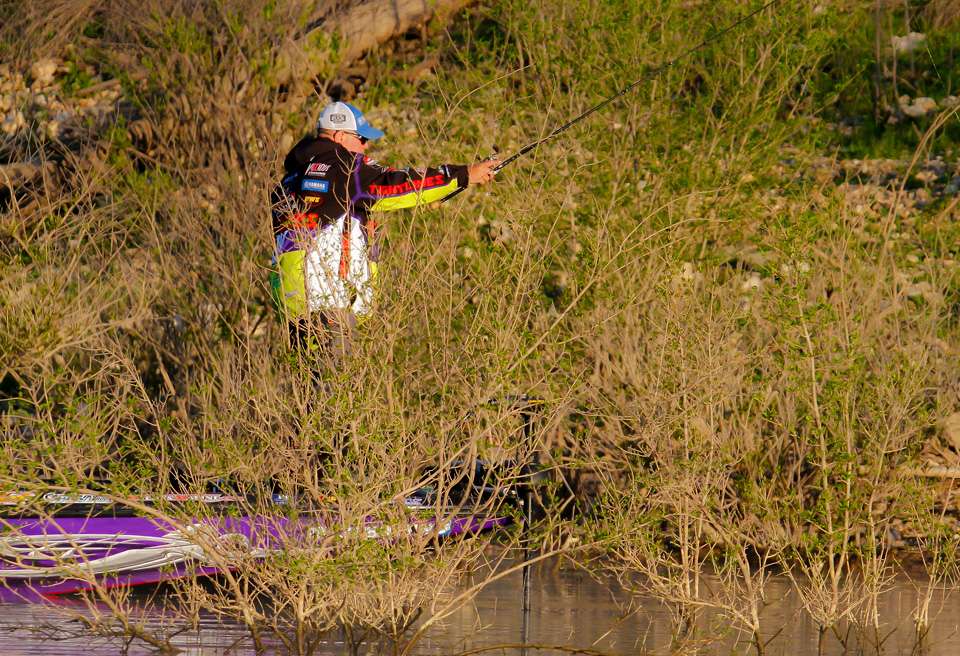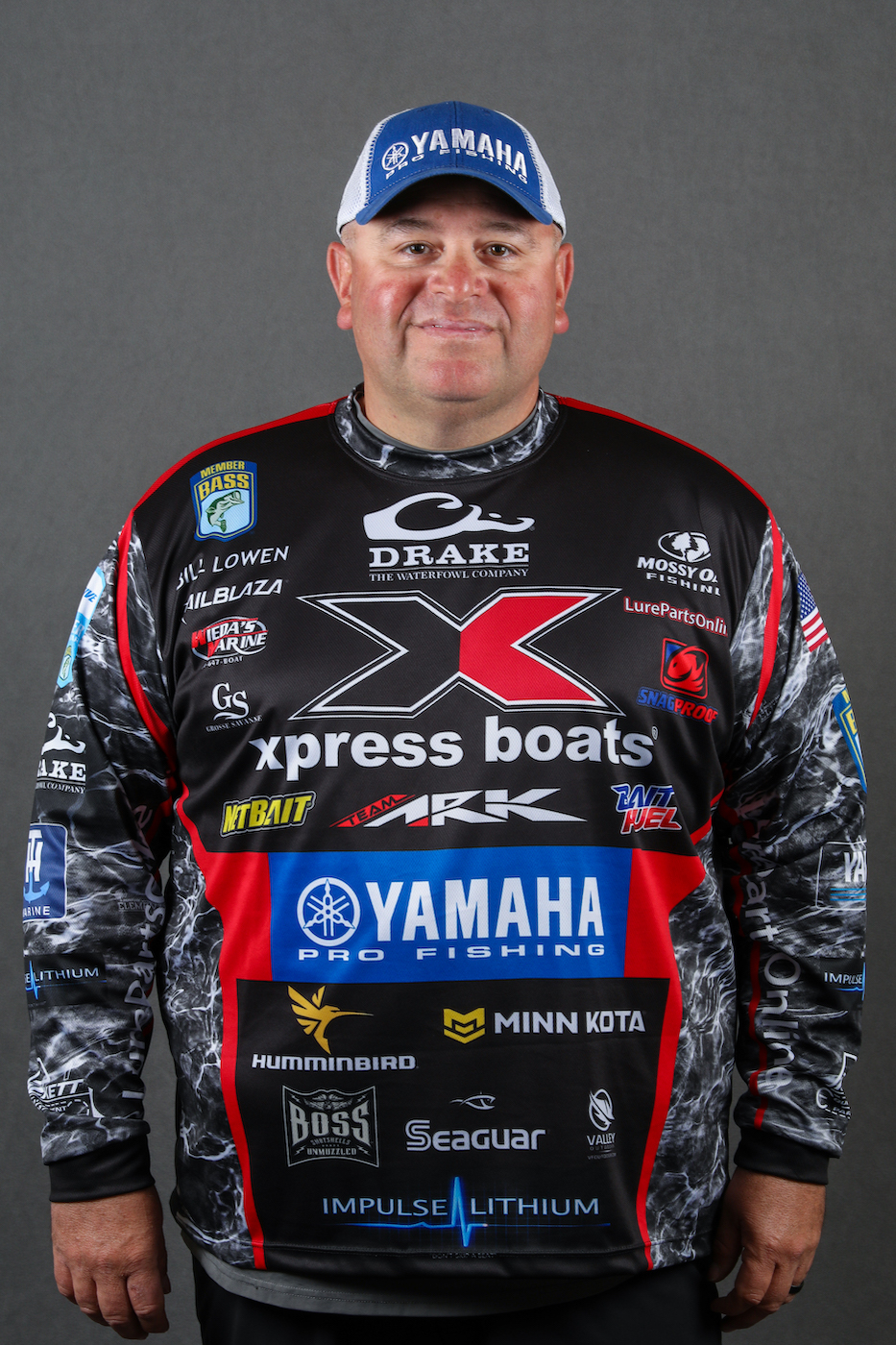
It’s early summer. Spring is history and summer’s in the future. Where are the big females? What happened to them after they left their beds?
I mean, let’s be honest. A lot of the time bass aren’t all that hard to catch — even in the early postspawn — if you can find them. So, savvy anglers aren’t so much interested in what they’re biting as they are in where they’re biting. Every lake around the country is different but there are some generalizations about bass behavior that we can use to help us in our search.
We saw last week that a huge number of the bass at Toledo Bend didn’t head for deep water immediately after they left the beds. They stayed shallow to take advantage of the bluegill spawn and, to a lesser extent, the shad spawn. In all honesty, though, that was an almost perfect situation. The water was up so the bass had plenty of places to go to take advantage of all the forage that was available.
Most places around the country don’t set up so perfect. Nevertheless, the same basic principles will apply and help us find them. A more typical situation is that there’ll be a ditch or channel running through the middle of a spawning bay. Depending upon the water level there might be a lot of water over it, or a little. Either way, the bass will hold on those edges.
I always look for early postspawn bass near that edge. They’ll be on whatever cover is there. It might be a stump, a brush pile, a laydown or a rock. But, if you expect to catch them you have to fish the cover, not the drop. They aren’t in the channel and they haven’t dropped down into the deep water. They’re using the cover as a stopping place before they do that.
Water conditions vary a lot at this time of year. If the water’s clear, I like to show them something in green or green pumpkin. If it’s real dirty, without a lot of visibility, I’ll go with black/blue or something real dark. For those times when it’s in between I’ll go with something like a black neon. That’s dark but with some flake or sparkle to it.
My absolute, hands down favorite water color is muddy — light to dark brown. I know it isn’t pretty but it does produce, especially if it’s been that way for a couple of days. Drop a plastic bait right in the cover and hang on. My best color for muddy water is black or blue/black.
I haven’t mentioned a particular bait style because I think location and cover are the real keys to what I’m talking about. My plastics are all made by Tightlines UV. They have the colors I need and I have absolute confidence in them.
Don’t be fooled into thinking all the bigger females have moved out into deep water by now. They haven’t. They’re resting and feeding. You can catch a boatload of them if you concentrate your efforts on the right places.

